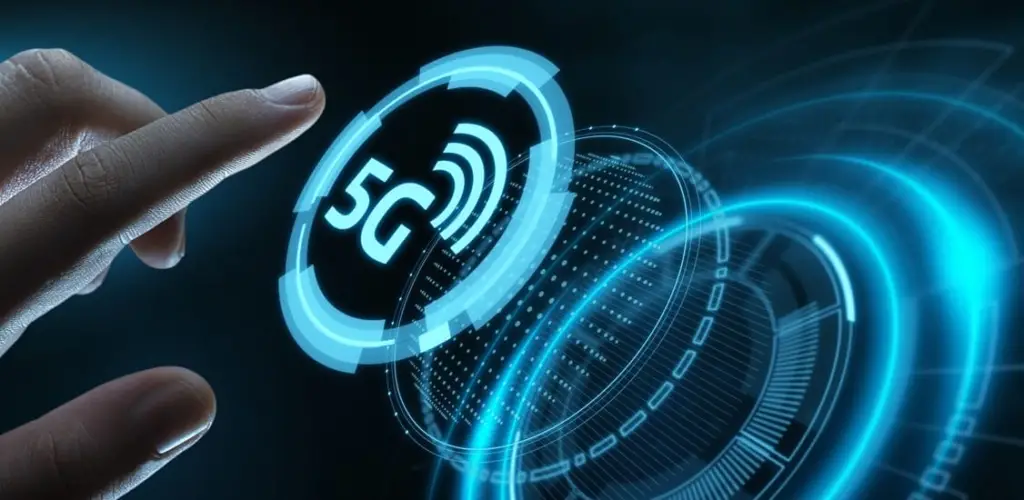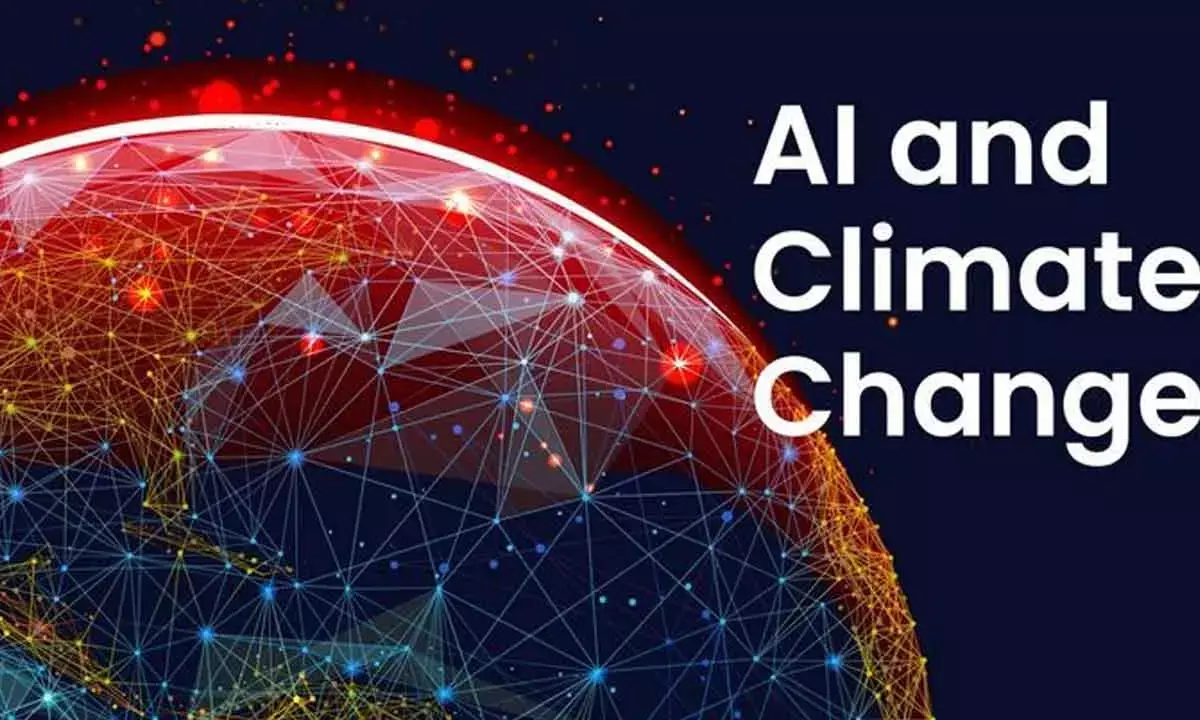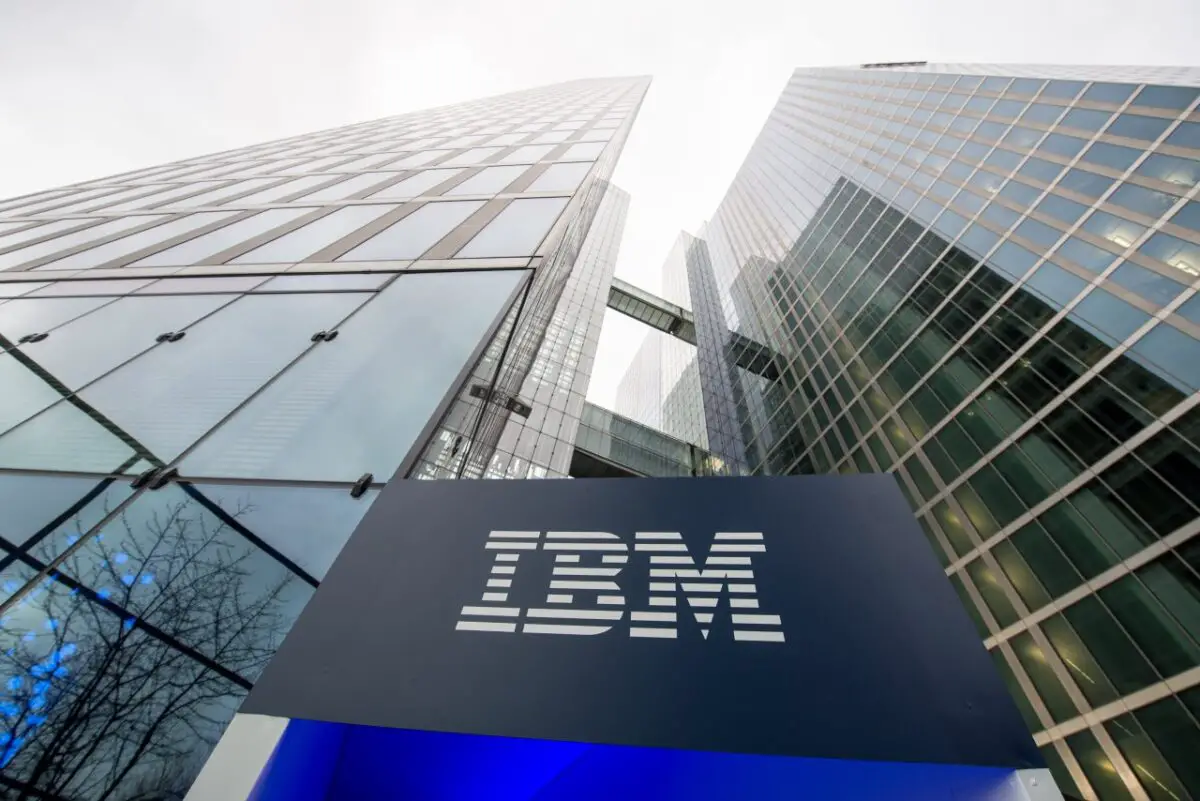5G, or the fifth generation of mobile network technology, is not just an incremental improvement over 4G; it represents a significant leap forward in terms of speed, latency, and connectivity. 5G networks deliver faster data transfer speeds, lower latency, and connect a vast number of devices simultaneously. These advancements unlock a wide range of new applications and services that were previously impossible.
Key features of 5G technology include:
- Enhanced Mobile Broadband (eMBB): 5G offers faster data speeds, which can reach up to 10 Gbps, making it possible to download high-definition movies in seconds and enabling seamless streaming of 4K and even 8K video content.
- Ultra-Reliable Low-Latency Communication (URLLC): 5G reduces latency to as low as 1 millisecond, allowing for real-time communication and making it ideal for applications that require immediate responsiveness, such as autonomous vehicles and remote surgery.
- Massive Machine-Type Communication (mMTC): 5G can support up to one million devices per square kilometer, making it possible to connect a vast number of IoT (Internet of Things) devices and enabling smart cities, smart homes, and industrial automation.
As 5G networks roll out globally, they will transform nearly every aspect of our lives, from how we work and communicate to how we entertain ourselves and manage our health.

1. Transforming Communication and Connectivity
One of the most immediate and noticeable impacts of 5G technology is on communication and connectivity. With faster speeds and lower latency, 5G is poised to make our digital interactions more seamless and immersive.
a. Enhanced Mobile Experience
The enhanced mobile broadband capabilities of 5G mean that users will experience significantly faster download and upload speeds, even in densely populated areas. This improvement is not just about speed; it’s about enabling new experiences. For example, high-quality video calls will become more reliable and clearer, regardless of location. This has implications for personal communication, telecommuting, and remote collaboration.
b. Immersive Virtual and Augmented Reality
5G’s low latency is a game-changer for virtual reality (VR) and augmented reality (AR) applications. In VR, latency is a critical factor that can determine whether an experience is immersive or disorienting. With 5G, latency is reduced to levels that allow for real-time interaction, making VR experiences more realistic and engaging.
This has profound implications for various industries:
- Education: 5G-enabled VR can provide immersive learning experiences, allowing students to explore historical events, conduct virtual science experiments, or even practice surgical procedures in a safe environment.
- Entertainment: The entertainment industry can offer more interactive and immersive experiences, such as virtual concerts, AR-enhanced sports events, and gaming that combines the real and virtual worlds.
- Retail: Retailers can use AR to enhance the shopping experience, allowing customers to visualize products in their homes before making a purchase or try on virtual clothes.
c. Revolutionizing Communication in Remote Areas
One of the promises of 5G is its potential to bridge the digital divide by providing high-speed internet access to remote and underserved areas. Traditional wired infrastructure can be costly and challenging to deploy in these regions, but 5G’s wireless capabilities can offer a more feasible solution. This has the potential to connect millions of people to the digital world, opening up opportunities for education, healthcare, and economic development in previously isolated communities.
2. Revolutionizing Industries and Workplaces
5G technology is not just about improving communication; it’s also about transforming entire industries and the way we work. The increased connectivity, speed, and reliability of 5G are set to drive innovation and efficiency across various sectors.
a. Smart Manufacturing and Industry 4.0
The concept of Industry 4.0, or the fourth industrial revolution, revolves around the integration of digital technologies into manufacturing. 5G plays a critical role in this transformation by enabling real-time communication between machines, systems, and humans.
- Automation and Robotics: 5G’s low latency and high reliability make it possible to deploy more sophisticated automation and robotics in manufacturing. Machines can communicate with each other in real-time, optimizing production processes, reducing downtime, and increasing efficiency.
- Predictive Maintenance: 5G enables the collection and analysis of vast amounts of data from sensors embedded in machinery. By using this data, one can predict when a machine is likely to fail, enabling maintenance to occur before a breakdown happens, which reduces downtime and maintenance costs.
- Supply Chain Optimization: The ability to track and manage every aspect of the supply chain in real-time is another benefit of 5G. From monitoring the location of goods to ensuring the quality of perishable items, 5G enhances transparency and efficiency in the supply chain.
b. Healthcare: Telemedicine and Remote Surgery
The healthcare industry is set to undergo significant changes with the advent of 5G technology. The combination of high-speed data transfer and low latency will enable new forms of medical care and improve the delivery of existing services.
- Telemedicine: 5G allows for high-definition video consultations between patients and doctors, even in areas with limited bandwidth. This will make healthcare more accessible, particularly for people in remote or underserved regions. Additionally, the ability to transmit large medical files quickly and securely will improve diagnostic accuracy and treatment planning.
- Remote Surgery: Perhaps one of the most groundbreaking applications of 5G in healthcare is remote surgery. The low latency of 5G networks makes it possible for surgeons to operate on patients from a distance using robotic systems. This could allow access to specialized surgical procedures in areas where such expertise is not locally available, potentially saving lives.
- Wearable Devices and Remote Monitoring: 5G will enhance the capabilities of wearable health devices, allowing for continuous, real-time monitoring of patients’ vital signs. This data can be transmitted instantly to healthcare providers, enabling quicker responses to medical emergencies and better management of chronic conditions.
c. The Future of Work: Remote Collaboration and Smart Offices
The COVID-19 pandemic has already accelerated the shift towards remote work, and 5G technology will further cement this change by enhancing remote collaboration and enabling smart offices.
- Virtual Meetings and Collaboration Tools: With 5G, virtual meetings will become more interactive and lifelike, with high-definition video, crystal-clear audio, and even the integration of VR and AR elements. This will make remote collaboration feel more natural and productive, breaking down the barriers between in-person and virtual interactions.
- Smart Offices: With 5G, interconnected IoT devices will transform work environments, making them more efficient and comfortable. For instance, smart lighting, climate control, and security systems will automate and optimize using real-time data. Additionally, augmented reality will enable the creation of virtual workspaces, allowing employees to engage with digital content in a more immersive manner.
- Flexible Work Arrangements: The reliability and speed of 5G networks will make it easier for companies to offer flexible work arrangements, such as hybrid models where employees split their time between the office and remote locations. This can lead to improved work-life balance and increased productivity.
3. Enabling the Internet of Things (IoT) and Smart Cities
The Internet of Things (IoT) is a network of interconnected devices that communicate and exchange data with each other. 5G is the backbone of this interconnected world, providing the speed and capacity needed to support billions of devices.
a. Smart Homes
5G will enhance the functionality of smart home devices, making them more responsive and reliable. Whether it’s controlling lighting, security systems, or appliances, 5G will allow for real-time communication between devices, creating a more seamless and intuitive smart home experience.
- Home Automation: 5G will allow home automation systems to process commands instantly, whether users activate them via voice or control them through a mobile app. This means that adjusting your home’s environment, from temperature to lighting, can be done with greater precision and speed.
- Energy Efficiency: Smart home devices connected via 5G can optimize energy usage by learning patterns and adjusting settings automatically. For example, a smart thermostat could lower the temperature when it detects that no one is home, reducing energy consumption and costs.
b. Smart Cities
On a larger scale, 5G is set to be a driving force behind the development of smart cities. These cities leverage IoT technology to improve infrastructure, reduce energy consumption, and enhance the quality of life for residents.
- Traffic Management: 5G-enabled sensors and cameras can monitor traffic in real-time, optimizing traffic flow and reducing congestion. This could lead to shorter commute times, lower fuel consumption, and reduced emissions.
- Public Safety: 5G will enhance public safety by enabling real-time monitoring and quicker response times. For example, 5G-connected cameras can instantly relay footage to law enforcement, allowing for faster identification and response to incidents.
- Waste Management: With 5G connectivity, smart waste management systems can monitor bin waste levels and optimize collection routes, cutting fuel consumption and enhancing resource efficiency.
- Environmental Monitoring: 5G can support a vast network of environmental sensors that monitor air quality, noise levels, and weather conditions in real-time. This data can be used to improve urban planning and ensure a healthier environment for city dwellers.
4. Transforming Entertainment and Media
The entertainment and media industries are also set to benefit from the widespread adoption of 5G technology. The combination of high-speed connectivity and low latency will enable new forms of content consumption and creation.
a. Streaming and Gaming
5G will revolutionize the way we consume media, particularly in the areas of streaming and gaming. With 5G’s ultra-fast speeds, buffering and lag will become things of the past, even when streaming high-definition content or playing online games.
- Cloud Gaming: The low latency and high speeds of 5G make it possible for cloud gaming to become mainstream. Players can stream games directly to their devices without needing costly hardware, as remote servers handle the processing power. This could democratize gaming by making it more accessible to a wider audience.
- Augmented Reality Gaming: 5G will also enable more immersive AR gaming experiences, where players can interact with virtual objects in the real world. This opens up new possibilities for location-based games, educational applications, and interactive entertainment.
b. Content Creation and Distribution
5G will change how content is created and distributed, allowing for more dynamic and interactive experiences.
- Live Streaming: With 5G, content creators can stream live events in high-definition from virtually anywhere, without worrying about connectivity issues. This could lead to more spontaneous and diverse live content, from concerts and sports events to news coverage and personal vlogs.
- 360-Degree and VR Content: The low latency and high bandwidth of 5G will make it easier to create and distribute 360-degree videos and VR content. This could revolutionize how we experience live events, allowing viewers to feel like they are part of the action, whether they’re watching a concert, a sports game, or a theater performance.
5. Enhancing Transportation and Autonomous Vehicles
The transportation industry is on the cusp of a revolution, driven in large part by the capabilities of 5G technology. From autonomous vehicles to smart traffic management, 5G is set to transform how we move from place to place.
a. Autonomous Vehicles
One of the most exciting applications of 5G is in the development of autonomous vehicles. These vehicles rely on real-time data from sensors, cameras, and other sources to navigate safely and efficiently. The low latency of 5G networks ensures that autonomous vehicles can process and respond to this data in real-time, making them safer and more reliable.
- Vehicle-to-Everything (V2X) Communication: 5G enables vehicle-to-everything (V2X) communication, allowing cars to communicate with each other, with traffic lights, and with other infrastructure. This can help prevent accidents, reduce traffic congestion, and optimize fuel efficiency.
- Remote Control and Monitoring: 5G also allows for the remote control and monitoring of vehicles, which could be used for applications such as autonomous public transportation or delivery services. This could lead to more efficient and flexible transportation systems, particularly in urban areas.
b. Smart Transportation Systems
Beyond autonomous vehicles, 5G will enable the development of smart transportation systems that make travel safer, faster, and more efficient.
- Intelligent Traffic Management: 5G can support real-time traffic management systems that monitor traffic flow, detect accidents, and optimize signal timings. This could lead to significant reductions in travel time, fuel consumption, and emissions.
- Connected Public Transport: 5G will enhance public transportation by enabling real-time tracking and communication between buses, trains, and infrastructure. This could lead to more reliable and efficient public transport systems, making it easier for people to get where they need to go.

Conclusion
The impact of 5G technology on the way we live and work is profound and far-reaching. From enhancing communication and connectivity to revolutionizing industries, enabling smart cities, transforming entertainment, and driving the future of transportation, 5G is set to change the world as we know it.
As 5G networks continue to roll out globally, we can expect to see even more innovative applications and services that leverage the power of this transformative technology. Whether it’s through the development of new business models, the creation of more immersive and interactive experiences, or the improvement of public services, 5G is poised to usher in a new era of digital transformation. Tech-arcis













